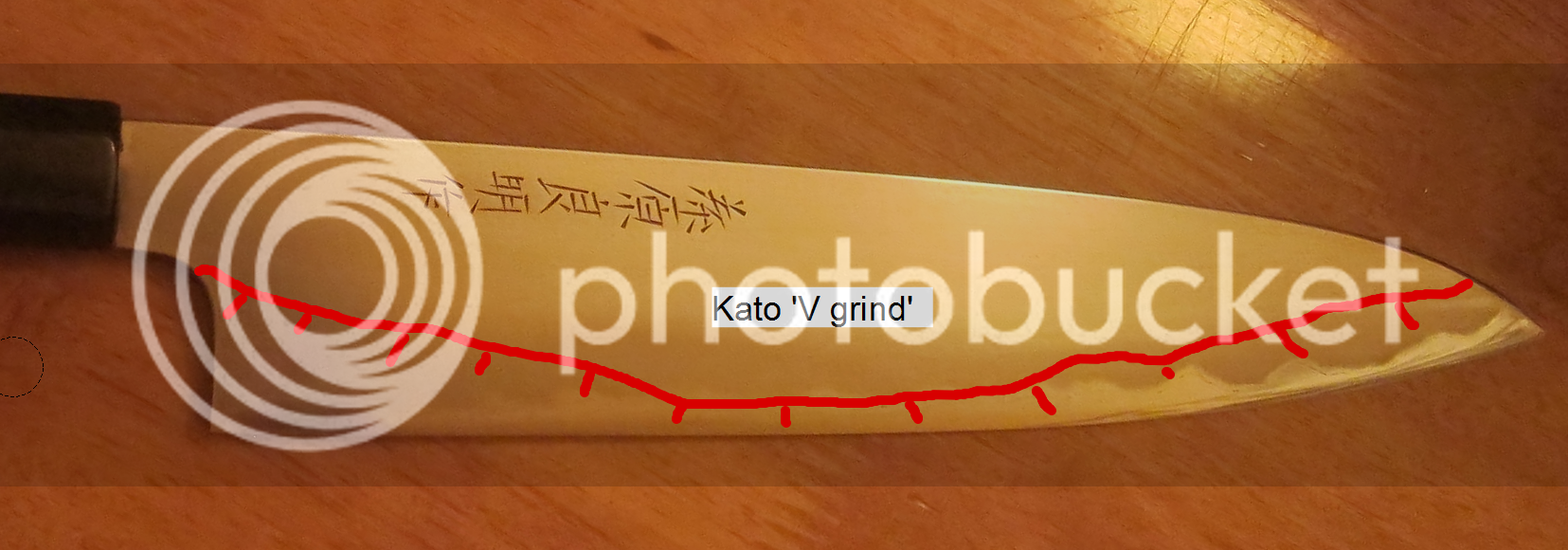fashion.
seriously, ive been on these forums since maybe 2002 (kf then) I can remember Nenox S1's for nothing as they were too soft and wantanabes being cheap as too thick when everyone wanted a laser, I've been here so long that I can remember when VG10 was cool lol.
Katos will have their time and dip, once they are less cool.
seriously, ive been on these forums since maybe 2002 (kf then) I can remember Nenox S1's for nothing as they were too soft and wantanabes being cheap as too thick when everyone wanted a laser, I've been here so long that I can remember when VG10 was cool lol.
Katos will have their time and dip, once they are less cool.





